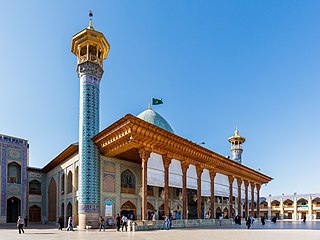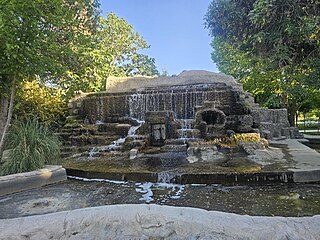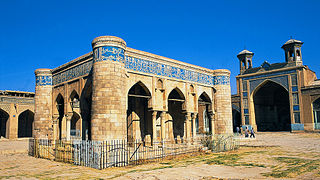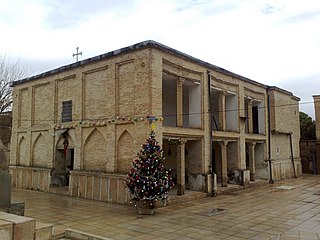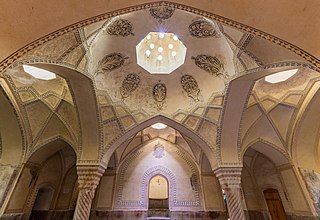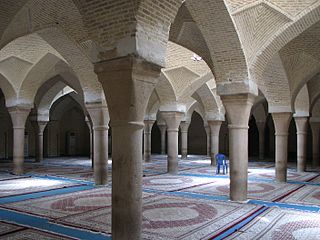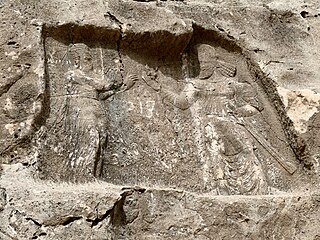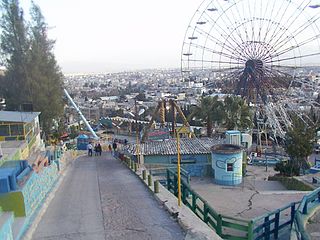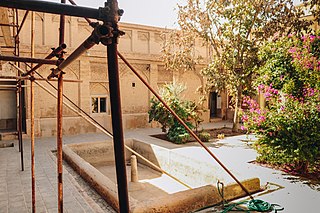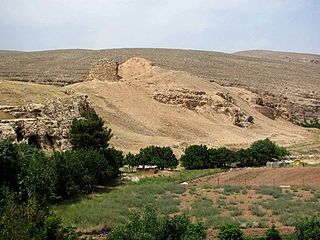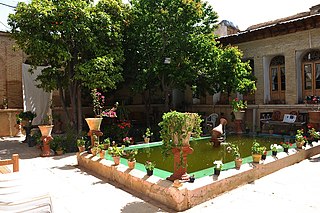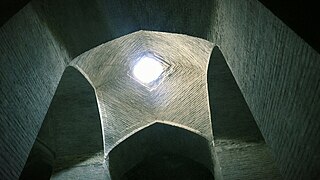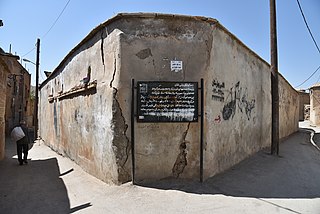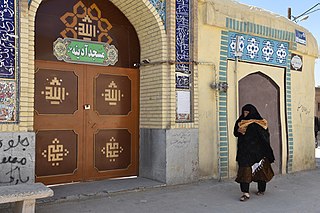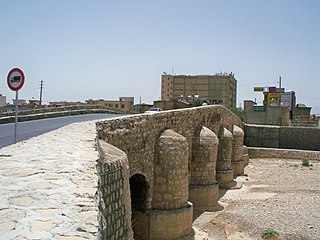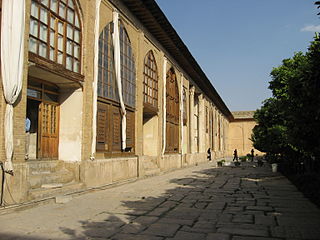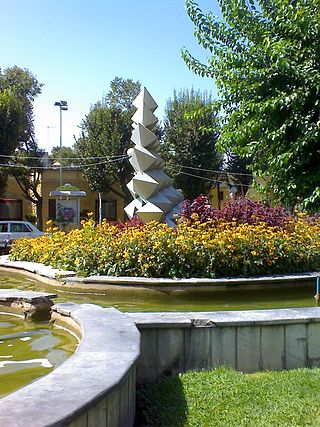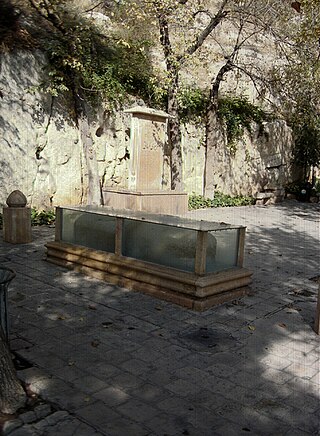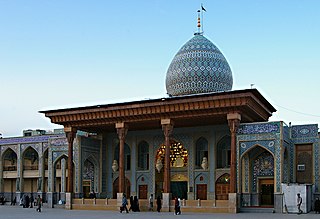22 Sights in Shiraz, Iran (with Map and Images)
Legend
Welcome to your journey through the most beautiful sights in Shiraz, Iran! Whether you want to discover the city's historical treasures or experience its modern highlights, you'll find everything your heart desires here. Be inspired by our selection and plan your unforgettable adventure in Shiraz. Dive into the diversity of this fascinating city and discover everything it has to offer.
Sightseeing Tours in Shiraz1. Shah Cheragh Holy Shrine
Shah Cheragh is a 12th century funerary monument and religious complex located in Shiraz, Iran. It is centred around the mausoleum of Sayyid Ahmad, the son of Musa al-Kazim, who is known as Shah Cheragh in local traditions, and hence the building is named as such. The site is the 363rd national monument of Iran.
2. Quran Gate
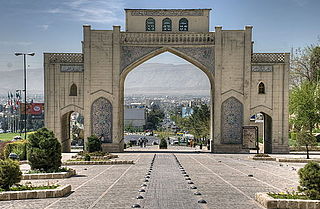
Qur'an Gate or Shiraz Gate is a historic gate in the north of Shiraz, Iran. It is located at the northeastern entrance of the city, on the way to Marvdasht and Isfahan, between Baba Kouhi and Chehel Maqam Mountains near Allahu Akbar gorge.
3. Azadi Park
Azadi Park or Bustan Shahr is the name of one of the oldest parks in the metropolis of Shiraz, which was built in 1966 on a land of more than 21 hectares or 210,000 square meters in the north of the city. This park is known as the largest park center after the 50-hectare mother park and Jannat Garden of Shiraz metropolis.
4. Atiq Jameh Mosque
Jameh Mosque of Atigh is a 9th-century mosque in Shiraz, the capital of Fars Province, Iran, Atigh Jameh mosque the oldest mosque of Shiraz was built in celebration of the conquest of Shiraz by Saffarid Amroleiss in the year 276 AH and was completed in 281 AH. It has been restored many times. The height of the building and its various nocturnal areas (Shabestans) with beautiful tile work on the ceilings, gives a unique charm to this place. It is located in the east of Shah Cheragh Shrine. The entrance door of Shah Cheragh is on the west side of the mosque. undefined Atiq Jame Mosque of Shiraz has been renovated several times. Nodbeh Wall and Khodaye Khane are some of the attractions of this mosque. Additionally, the dome of the north Iwan and the hypostyle columns are so attracting. In the southern part of this mosque, there is a wall called “Nodbeh”. It differentiates from other walls with a picture of colorful cedar on it. It is believed that on the night of Miraj, Boragh /Buraqpassed from this (Nodbeh) Wall. There is an Iwan and Shabestan. Shabestan is an underground space that can be usually found in the traditional architecture of mosques, houses, and schools in ancient Iran. These spaces were usually used during summers and could be ventilated by windcatchers and qanats. North side is also known as “Imam Gate”. North gate is decorated with Mogharnas tiles.
5. Armenian Church of St. Mary
The Church of the Virgin Mary is one of the churches in Shiraz, this church was built in 1662 AD. In 1550, there was a small church in the current location of the church, which was surrounded by the houses of the Armenians living in Shiraz. This church is located in the Sang-e Siah neighborhood, Qaani Street, Darband Moshir Street, near Moshir Mosque, next to the Armenian Bazaar.
6. Vakil Bath
Vakil Bath, Wakil Bath, or Wakil Hammam is an old public bathhouse (hammam) in Shiraz, Iran. It was a part of the royal district constructed during Karim Khan Zand's reign (1751–1779) which includes the Arg of Karim Khan, Vakil Bazaar, Vakil Mosque and many administrative buildings. It is located on the west side of the Vakil Mosque. The hammam was originally intended for use by the nobility and continued to be in use up until the 20th century.
7. New Mosque
The "New Jameh Mosque" or "Atabak Mosque", known as the "New Mosque", is the second mosque in Shiraz from the point of view of historical value. The first mosque in Shiraz from the point of view of historical value is the Atiq Jameh Mosque and the third mosque from this point of view is the Vakil Mosque. The New Mosque with an area of 20,000 square meters is the largest mosque in Iran. In the past years, the New Mosque has become a place for Friday prayers in Shiraz, and the headquarters for holding Friday prayers has reduced the size of this mosque by building buildings and shops and renting them. Also, by building a metal roof on its spacious area, it caused severe damage to its historical texture. The New Mosque is related to Atabakan and is located in Shah Cheragh Square, in front of the tomb of Shah Cheragh. This work was registered as one of the national monuments of Iran on January 5, 1932 with the registration number 73.
8. نقش نگاره دوره ساسانی
Barm-e Delak, is a site of a Sasanian rock relief located about 10 km southeast of Shiraz, in the Pars Province of Iran. The rock relief was known as Bahram-e Dundalk in Middle Persian, which means Bahram's heart.
9. Luna Park
Luna Park is one of the active parks in Shiraz, this park is located in the north of the city, next to the Quran Gate and behind the Grand Hotel of Shiraz. Using foreign technologies, the park brought games to Iran for the first time. Some available device names: Electric swings, shuttles, rangers, carousels, electric cars, acrojets, etc.
10. Nasir al-Molk House
Nasir al-Molk's house belongs to the Qajar period and is located in Shiraz, at the end of Lotf Ali Khan Zand Street, and this work was registered as one of the national monuments of Iran on May 20, 1975 with the registration number 1068. The Qajar Museum of Shiraz is located in this house and contains the remains of the Qajar period. These works include a variety of engraved porcelain bowls, lacquer boxes, calligraphic patches, traditional clothing, mirror frames, book covers, and metal utensils, etc. are included.
11. Qasre Abunasr
Qaṣr-i Abu Naṣr, Qasre Abunasr, or Takht-e Sulayman is the site of an ancient settlement situated in city of Shiraz in the Fars province of Iran. According to archaeological studies the fortress was built during the Parthian period, and was an important and strategic location in the Sassanid Empire. Archaeologists have found various artifacts and coins belonging to various historical periods, such as the Achaemenid, Seleucid Empire, Parthian and Sassanid. This site is recorded in an Iranian historical list from 1932 as "Takht e Sulayman". When Muslims invaded Iran, and conquered it, they called this palace "Father of Victory"
12. Manteghi Nejad Historical House
Manteghinejad's house belongs to the Qajar period and is located in Shiraz, Ahmadi Street, the alley behind the New Mosque, and this work was registered as one of the national monuments of Iran on May 8, 1973 with the registration number 1490. This spectacular house, which now houses the Museum of Islamic Art, is located in the old quarter of this historic city. The interior decorations of the house include wooden windows with stained glass, carved arches, and beautiful stuccoes. In the southern part of this historical mansion, there is a royal residence with spectacular mirror work, and in this part of the building, there are beautiful wind towers and paintings on the ceiling such as flower and bush designs, women's faces, and pictures of European palaces. The eastern and western parts of the building have numerous rooms as well as beautiful interiors. In the house of Manteghinejad, one of the most impressive mirror houses in Iran can be seen, which invites many audiences to see it every year. The Manteghinejad Mansion in Shiraz, which is also known as the House of Art, was renovated and renovated in 2004 and turned into a music museum in 2005.
13. Vakil Water Storage
The Vakil Water Storage is an ab anbar that was built in the late 18th century during the Zand dynasty. Karim Khan, the founder of the Zand dynasty, made Shiraz his capital and initiated the construction of new monuments and buildings that were necessary to improve the citizens' quality of life. He began to create a bazaar, situated at the capital, which was named Vakil Bazaar. Later on, Karim Khan ordered engineers to build a public bath as there were no baths in people's homes back during that period. The Vakil Bath construction was also completed in a short time, but the new capital of Iran needed a better source of fresh water, which is why his majesty thought about building a water reservoir chamber, an ab anbar.
14. Nazar Ali Khan Hammam
Nazar Ali Khan Bath belongs to the Qajar period and is located in Shiraz, the old neighborhood of Ishaq Bey, Shahid Akbar Munshi Alley, and this work was registered as one of the national monuments of Iran on March 15, 2001 with the registration number 3404.
15. Adineh Khan Mosque
Adineh Khan Mosque belongs to the Qajar period and is located in Shiraz, Karim Khan Zand Street, Elephant Bazaar, and this work was registered as one of the national monuments of Iran on July 30, 2002 with the registration number 6041.
16. Ali ibn Hamzeh Bridge
Ali Ibn Hamzeh Bridge belongs to the Zandian period and is located in Shiraz, Hafez Street, located on the Khoshk River, and this work was registered as one of the national monuments of Iran on January 1, 2002 with the registration number 4527. This bridge is located at a distance of 5 km from the Quran Gate of Shiraz and between the tomb of Imamzadeh Ali bin Hamzeh in Shiraz and Vakil al-Raaya Bazaar. This historic bridge is located on the dry river. According to the decision of the Shiraz Municipality and the Cultural Heritage, the route of vehicles on this bridge has been changed for some time. This bridge was built on the Khoshk River of Shiraz during the Buyid dynasty and was renovated many times and finally was renovated and renovated during the reign of Karim Khan Zand in 1185 AH.
17. Ghavam House
Divankhaneh Mansion is one of the historical mansions of Shiraz. This mansion is located around the Arg of Karim Khan and in the past it was known as the "Divankhaneh Mansion of Karim Khan Zand". The Divan Khaneh Mansion consists of a large hall with two wooden columns at its entrance, although in the past, instead of these two wooden columns, there were two stone columns that were transferred to Tehran by Agha Mohammad Khan Qajar.
18. میدان بهار
Bahar Street in Shiraz It is a street located in the 7th district of Tehran municipality, northeast of Haft Tir Square. It intersects Bahar Shiraz Street, Amir Tabak Street, Suhrawardi Street, North Bahar Street and reaches Shariati Street. Bahar Park and the City House Photo Museum are among the important places on this street.
19. آرامگاه خواجوی کرمانی
Khaju Kermani tomb is an Iranian tomb. It is located north of Shiraz, on Sabooy hill off the Shiraz–Isfahan road. It is in Allahu Akbar Gorge. His grave overlooks the Qur'an Gate. Roknabad spring passes near the tomb.
20. کنیسه یهودیان ربیعزاده
Rabizadeh Synagogue is a synagogue affiliated with the Shiraz Jewish Association located in Nobahar Alley. This synagogue is the most famous and main synagogue for the Jews of Shiraz. The synagogue building has two floors, the first floor of which is the venue for Jewish services.
21. Tomb of Muhammad ibn Musa al-Kazim
The tomb of Mohammad ibn Musa Kazem, known in Shiraz as the Imamzadeh of Seyyed Mir Mohammad and Astan Mohammadi, is the tomb of Seyyed Mir Mohammad, the son of Musa ibn Ja'far, located in the Ahmadi courtyard of Shah Cheragh Shrine in Shiraz. This shrine is located in the eastern part of the shrine of Ahmad ibn Musa. On the left side of his tomb is the tomb of Abraham, his son.
22. Zoroastrian fire temple
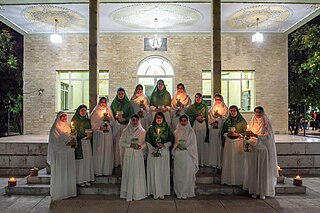
Shiraz Zoroastrian Fire Temple is a fire temple affiliated with the Shiraz Zoroastrian Association, located at the beginning of Nobahar Alley on Zand Boulevard. This fire temple is located in a garden called the Adrian Endowment Garden, next to a reception, conference, conference hall, and library.
Share
How likely are you to recommend us?
Disclaimer Please be aware of your surroundings and do not enter private property. We are not liable for any damages that occur during the tours.
